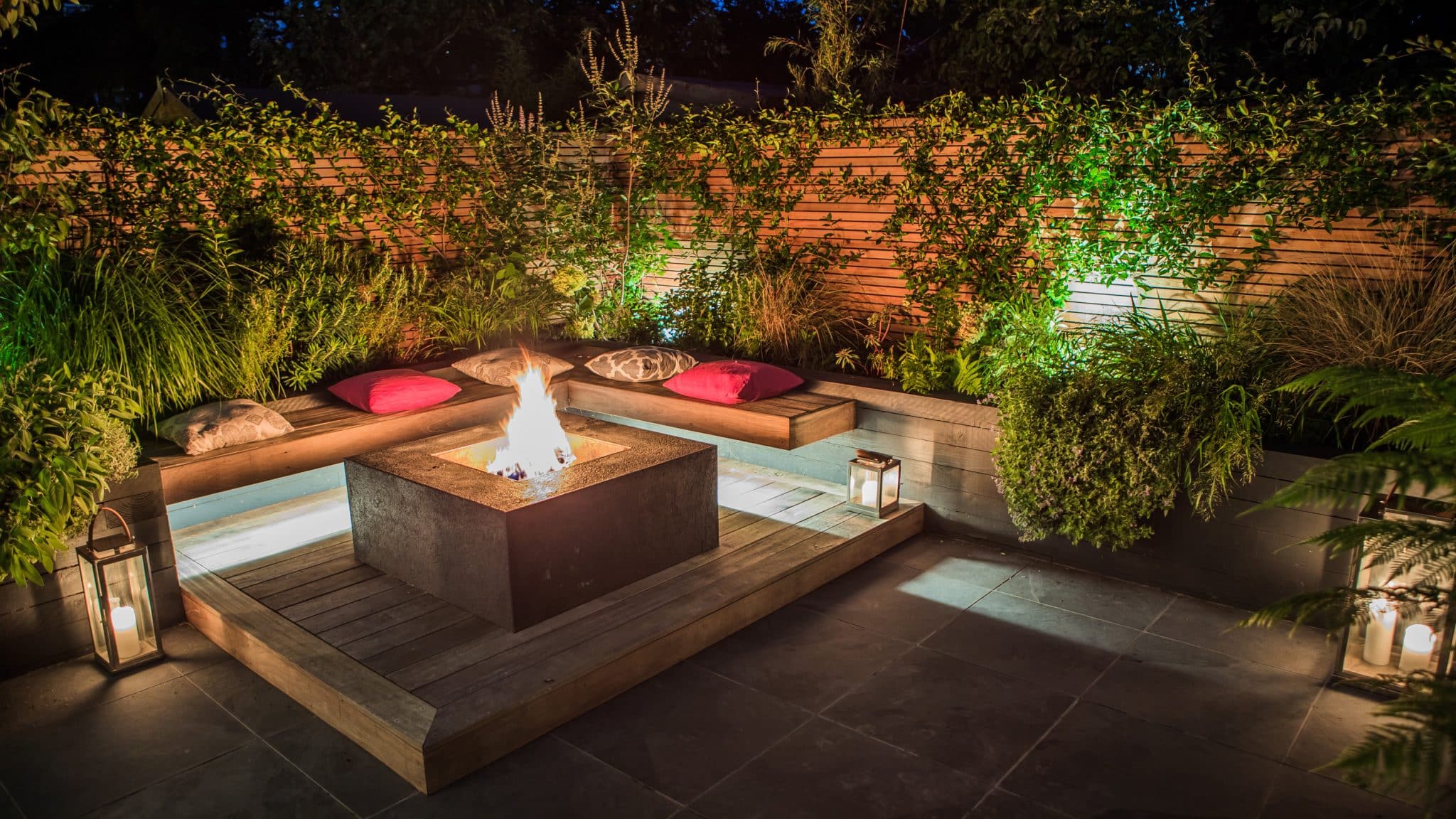An illumination system refers to a set of components that provide light for a specific purpose, such as lighting up a room, a work area, or a stage. Illumination systems typically include light sources such as lamps or LED lights, fixtures that hold the light sources and control their direction and intensity, and controls or dimmers that adjust the brightness of the light. In addition to providing light, modern illumination systems can also incorporate energy efficiency, color temperature control, and adjustable light patterns in addition to providing light. The specific design of an illumination system depends on the intended application, such as for residential or commercial use, indoor or outdoor use, and so on.
Tips for Buying an Illumination System
Determine the purpose
Determining the purpose is an important first step in selecting the right illumination system. Knowing the specific requirements of the area you want to light, such as the size, layout, and type of activity will help you select the right type of light sources and fixtures to suit your needs. Furthermore, consider how the desired ambiance or mood you want to create can help you select the right color, temperature, and brightness level for your illumination system.
Energy efficient
LED lights are popular due to their high luminous efficacy, producing more energy per unit. LED lights are also more energy-efficient than traditional incandescent lights and last much longer, making them a cost-effective option over the long term. Fixtures certified for energy efficiency can also help you save money on your energy bill and reduce your carbon footprint. Besides, you may want to consider illumination systems that offer smart controls, such as dimmers or occupancy sensors, that can help optimize energy usage and reduce waste.
Control options
Having the right control options can greatly enhance the functionality and versatility of your illumination system. Dimmers, for example, allow you to adjust the brightness of the light to create the perfect ambience for any situation. Smart controls, such as those that can be controlled through a remote or app, can provide even more control and convenience. These controls can allow you to adjust the brightness, color temperature, and even the light pattern of your illumination system from a distance, making it easy to create the perfect lighting environment for any occasion. When choosing a control system, consider your specific needs and preferences and compatibility with other components in your illumination system.
Quality and durability
Look for products constructed from durable materials, such as metal or high-quality plastic, and built to withstand the rigors of daily use. Avoid products with cheap components, such as flimsy fixtures or subpar wiring, as these can break or fail over time. Choosing a high-quality illumination system will provide a better user experience and save you money in the long run, as you won’t constantly replace broken or failed components. Additionally, choose products from reputable manufacturers, as these companies are more likely to stand behind their products and offer warranty or repair services if needed.
Compatibility
It’s crucial to ensure that all the components you choose, such as the light sources, fixtures, and controls, are compatible with each other and with any existing fixtures or switches you may have. This will help ensure that your illumination system works seamlessly and provides the necessary performance and functionality.
When in doubt, consult a professional or manufacturer representative who can help you determine the compatibility of different components and recommend the best options for your specific needs. It’s also a good idea to check for compatibility before purchasing. Some illumination systems may require special wiring or other components that may not be compatible with your existing setup.
Budget
While high-end systems may offer more features and better performance, they can also be much more expensive. On the other hand, less expensive options may not provide the quality or performance you need. It’s crucial to look for systems that offer a good balance of quality and affordability so that you can get the best possible value for your money.
When setting a budget, consider the size of the area you want to light, the number of fixtures you’ll need, and the type of control options you want. You can then use this information to compare different illumination systems and find the best options that meet your specific needs and budget constraints. Don’t also forget to consider the cost of installation, maintenance, and energy usage when determining your budget for an illumination system.
Finally, by considering these factors, you can make an informed decision when purchasing an illumination system and ensure that it meets your specific needs and requirements.








